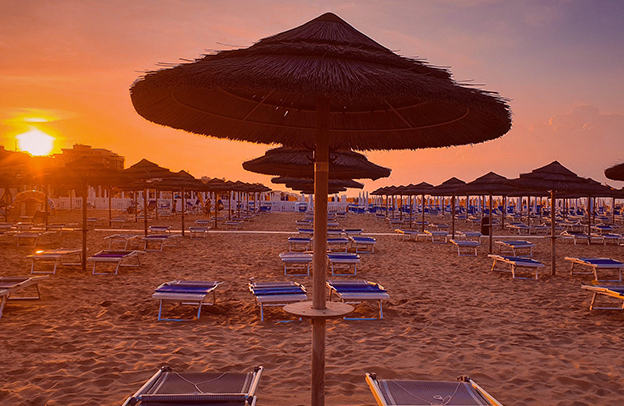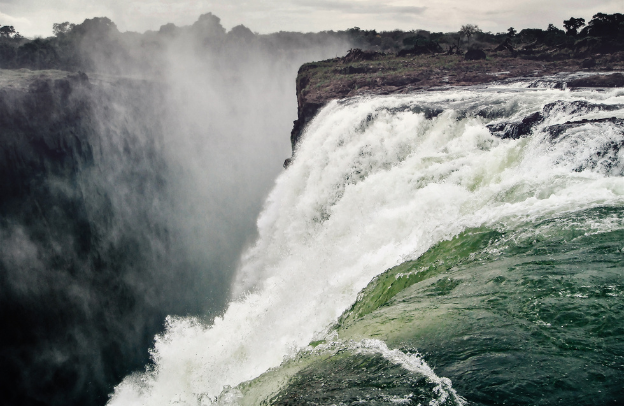Rimini Top Visits: History and Tourism In Rimini – Italy

Do you want to know why Rimini city is a top Italian destination for travel? Welcome to Rimini top visit: history and travel in Rimini, Italy, a series of articles to explore the city of Rimini, especially from the point of view of history and travel. Get our free Travel Checklist
Rimini is a prominent art city that houses most Roman artifacts, expansive beaches, resorts, villas, and hotels.
The city’s history added to its growth to importance, which is depicted through its vestiges. However, it was swept into different hands at its early stages of growth and served as an important communication outpost to these various hands that dominated the city’s helm of affairs.
Growth Of Rimini influence

Rimini is a city in the Emilia-Romagna region of northern Italy and the capital of the province of Rimini. The city is seated along the Adriatic Sea and sprawls to the coastlines of the Ariminus river (which is presently known as the Marecchia river).
The city’s earliest settlement was traced to the Etruscans in the 6th century BC, later toppled by the Umbria and the Celtic.
The Romans in 268 BC occupied the area and named it Ariminun in Latin, which was dubbed after the Ariminus river.
The city’s geographic location benefitted the Romans, having been seated along the Adriatic Sea and the Apennine Mountain, which served as a defensive and attacking enclave to the Romans.
Its location along the sea facilitated commerce during the Roman domination of the city, and it also became an important crossroads via Aemilia, via Familia, and popilia.
The end of the Roman rule in the city warranted invasion and wars that sparked the establishment of churches at the spread of Christianity.
The city nevertheless was swiveled under the control of the Byzantine rule where it belonged to the duchy of Pentapolis, under the province of Ravenna.
It was subsequently conquered by the king of Lombardy in AD 728 but was later recaptured by Byzantine Narses.
Around the 1300s, Rimini was made a municipality with the emergence of the Malatesta family. Although there were several internal oppositions against the ruling family, yet, it maintained its position as the base of authority in the city until 1528.
Prominent among the lords that ruled the city from the Malatesta family was Sigismondo Pandolfo, who commissioned the reconstruction of the city’s cathedral (Tempio Malatestiano) by Leon Battista Alberti in the 15th century.
He, however, fought vehemently to retain the city’s independence at the reign of Pope Pius II; but was proved futile after he submitted the city’s authority to the pope in 1463.
Rimini became an important papal province in the 1500s as it was controlled by a legate representing the pope in the city.
Sigismondo managed to regain the city’s independence in 1527. The following year, the Malatesta’s reign in the city was extinct forever.
The city was deeply affected by the Napoleonic policy’s promulgation that subdued monastic rules, confiscation of properties, and demolition of some church buildings. It also played a major role in the unification of Italy.
Most of the city’s population are Catholics, and it’s the seat of the diocese of Rimini. There are also several other churches in the city aside from the Catholic Church, some of which include Orthodox, Adventist churches, and Evangelical churches.
During the second world war, the city was severely ravaged through the bombing of its legendary sites.
Despite the severe damage to its significant sites, the city was redeveloped to be among the top-visited areas in Italy due to its important seaside resorts.
The city’s economy is highly dependent on travel, as it contributes to a large part of its revenue generation.
Tourism in the city sparked off in the 19th century after the first “bathing establishment”. Its travel industry was later accelerated after the second world war at the reconstruction of the Grand Rimini Hotel that facilitated travel in the city.
Moreover, its travel industry influenced other sectors of the economy like commerce, service, and the construction industry.
These industries witnessed maximum growth due to the development of the travel industry. Commerce contributes greatly to the city’s economy, consequent to the number of shops, supermarkets, boutiques, and more, which helps to expand trading activities in the city.
Other economic sectors that facilitate the city’s growth are its agriculture and fishing industry, providing the major staples that its inhabitants consume. Rimini has many museums and historical sites that attract tourists to the city.
If you find any value in this post, share also with your friends who might need it. Get our Free Travel Checklist for your next trip.






